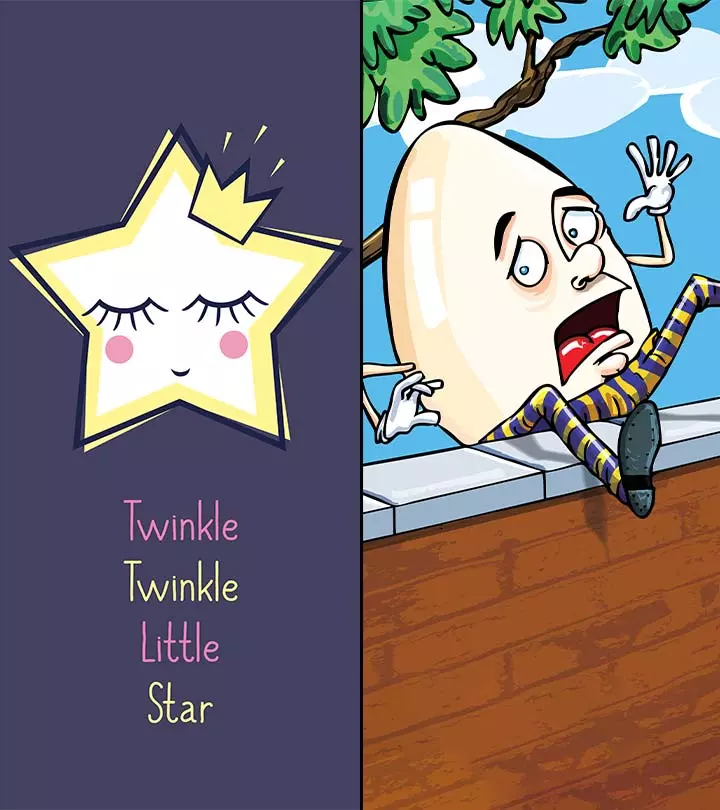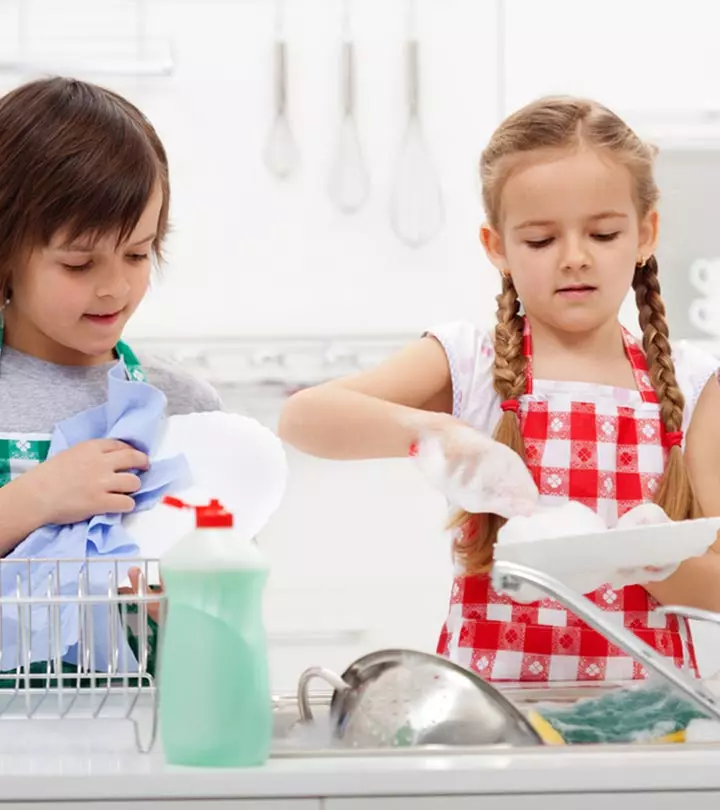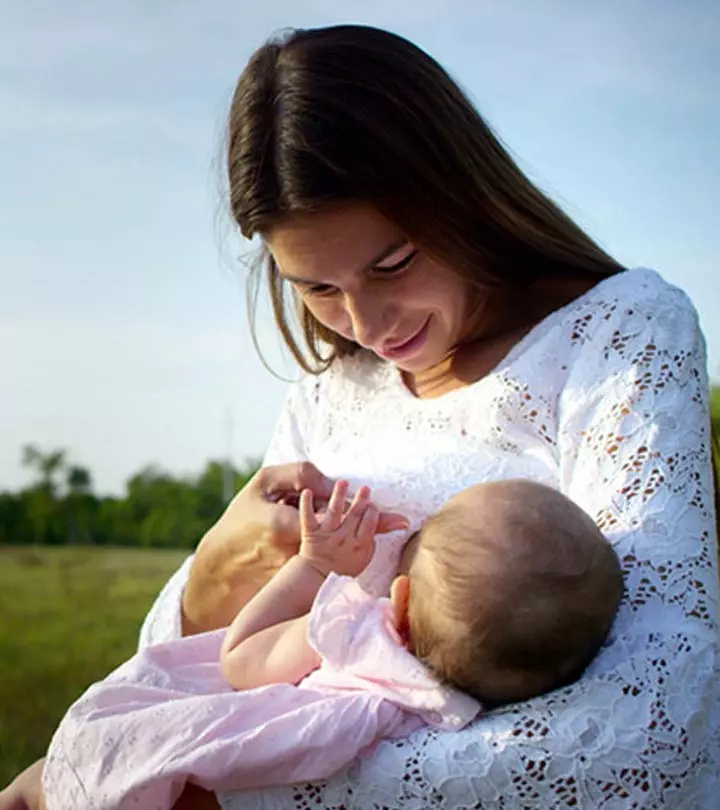

Image: ShutterStock
We all know who Humpty Dumpty is. We also know about the black sheep, three little kittens, five speckled frogs, and all the animals that live on Old McDonald’s farm. Because they are all characters from our favorite nursery rhymes! Commonly known as Mother Goose Rhymes in North America, nursery rhymes are traditional poems that are educational and fun. Rhymes have simple, easy to understand lyrics with catchy tunes which make them an efficient teaching tool.

Some of the rhymes we have today were written many centuries ago, as poems and songs that were sung by revolutionaries who wanted to send a message to the people. Some were created by soldiers fighting in the World Wars. Later, these poems were modified and toned down to make them suitable and appropriate for kids. But behind the facade of jolly tunes and catchy lyrics of a few nursery rhymes, there is a dark hidden meaning.
MomJunctuion brings you a list of 10 nursery or mother goose rhymes, their origin, and actual meaning.
10 Nursery Rhymes And Their Meanings
Here is a list of 10 nursery rhymes with their origin and hidden meaning, if any.
1. Humpty Dumpty
In the nursery rhyme, Humpty Dumpty is an egg. But the term “Humpty Dumpty” was used for an obese person back in 15th century England. The rhyme, however, was based on a massive, bulky canon named Humpty Dumpty that was used to destroy a church in Colchester during the English Civil War in 1648 by the royal forces (king’s men).
2. Wheels On The Bus
The Wheels On The Bus is originally a folk song written by Lydia Ulsaker. The song was later popularized as a nursery rhyme because of its catchy tune and lyrics. It is a great verse to sing on the bus, for amusement, and also to teach the tiny tots about the different sounds made by different parts of the vehicle.
3. A Wise Old Owl
The original version of the Wise Old Owl rhyme, which symbolizes the conventional image of an owl as the wise bird, dates back to the early 19th century. The Roud Folk Song Index of the rhyme is 7734. Indirectly, the song encourages children to be quite like the wise bird.
4. Three Little Kittens
Three Little Kittens is a ‘true’ mother goose rhyme in the sense that it is directed at mother and children. The rhyme is believed to have been written by Eliza Lee Cabot Follet and first appeared in print in 1843. Three Little Kittens is a tale of caution and is considered to be the inspiration for the phrase “smell a rat”.
5. Five Little Speckled Frogs
There is no evidence indicating the origin or basis of this rhyme. The Five Little Specked Frogs is similar to the English song called “Ten Green Bottles” and is a repetition of a single verse with one frog less each time. The rhyme can be used in conjunction to swimming lessons for toddlers.
6. Old McDonald’s Farm
Old McDonald is a rhyme about a farmer and the different animals he has on his farm. It is similar to the folk song called “Ohio” from Tommy’s Tune (1917), a collection of songs written during World War I. The rhyme is fun and teaches kids about the sounds that different animals make.
7. Twinkle Twinkle Little Star
Written by sisters, Ann and Jane Taylor, Twinkle Twinkle Little Star was first published in 1806. The rhyme has a catchy tune and simple lyrics that tell kids how they can give life to their imagination with simple words.
8. Baa Baa Black Sheep
At a glance, Baa Baa Black Sheep seems like a perfectly innocent children’s rhyme that tells you about the sound that sheep make and what they give us. However, the rhyme was originally a song written in the medieval England criticizing the tax that King Edward I imposed on export of wool, at a time when the wool industry played a major role in the economy. Some think it depicted the fine quality wool produced by cloth workers during the rule of King Edward II.
9. Jack And Jill
Many people believe that Jack and Jill is a song about two siblings who injure themselves trying to fetch water. But the rhyme is allegedly from the King of France and his wife, King Louis XVI and Mary Antoinette, who were both executed to end years of French monarchy. In the rhyme, the king is referred to as Jack, who loses his crown, and his wife referred to as Jill, who tumbled right after him.
10. Hickory Dickory Dock
The words of the rhyme Hickory Dickory Dock were used without any relevance to create a nursery rhyme or poem that teaches kids to mimic the sounds made by the clock. The word hickory refers to a type of liqueur made by North American Indians, while dock refers to a type of plant or the place of landing at a port. It was used to rhyme with the word “tock” from tick-tock, the sounds made by the clock. The word dickory has no meaning.
Your kids need not necessarily know the meanings of the rhymes they learn and sing. But as a parent, you can pick the right kind of rhymes, without any hidden meaning, for your kids to learn.
Community Experiences
Join the conversation and become a part of our nurturing community! Share your stories, experiences, and insights to connect with fellow parents.
Read full bio of Sagari Gongala













